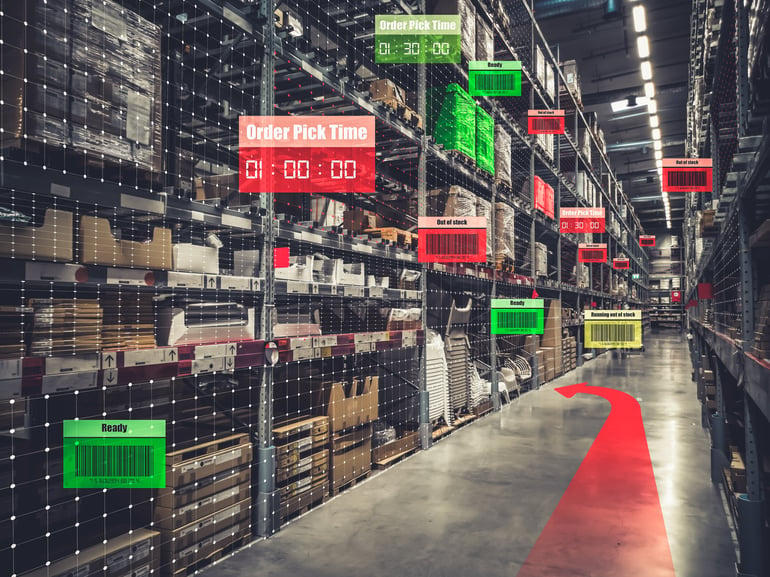2023 E-commerce Order Fulfillment Outlook

As of this writing, ocean freight costs are coming down, as are air freight costs. In fact, shippers are actually starting to move away from air freight, which means the sense of urgency is dissipating because inventories are still too high. Sourcing is diversifying away from China, gas prices are down (for now), labor market is tight and this year’s Black Friday/Cyber Monday was the biggest one to date. All this to say, it seems like the world of retail order management is starting to stabilize with emerging paradigms around the retail supply chain.
It was only a year or so ago when news of the retail apocalypse dominated headlines. In retrospect, it wasn’t so much an “apocalypse” and more of a “correction”, especially for retailers and brands living on borrowed time (and cash).
In any case, retail is relatively healthy and online shopping is here to stay; it’s higher than it ever was. What does that mean for e-commerce order fulfillment? It means that all the shortcomings of retail fulfillment that reared its head over the past couple of years — order profitability, customer experience, speed, cost, accuracy, labor and sustainability — will only be compounded further. As the online channel grows, so will the fulfillment headaches — that is, unless retailers act quickly to mitigate these challenges. So what’s in store for the new year? Here’s the e-commerce order fulfillment outlook for 2023.
More Hyperlocal Fulfillment
Shipping costs hit record levels in the recent past, with retailers eating those costs and shipping orders that lost money. With courier rates set to stabilize in the coming year, should retailers go back to their old ways? The answer is obviously no. Regardless of whether shipping rates reduce in 2023, shipping from closer to the customer is still faster, cheaper, more sustainable and provides a better customer experience. It also results in higher store productivity. This means look for more store fulfillment/ship-from-store, mini-DCs and micro-fulfillment in the coming year.
More Automation
Warehouses (and store stockrooms) are finding it more difficult to hire and keep staff. The reason for this is simple: There is more e-commerce than ever before, which means we need more people to pick, pack and ship those orders than ever before. So what happens when you can’t find the staff to pick, pack and ship those e-commerce orders? You look to warehouse automation.
Unfortunately, the word automation has become synonymous with robots, which becomes overwhelming for some retailers in terms of costs and complexity. But guess what? Automation is not just about robots! Automation can mean installing traditional warehouse equipment like conveyors and carousels. It could mean additional gear for human pickers, like specialized picking gloves, pick-to-voice headsets or pick-to-light trollies. For the more advanced supply chain operation, it will mean autonomous mobile robots (AMR) and complex and expensive automated storage and retrieval system (AS/RS) machines. The point is there’s a range of warehouse automation solutions for every type of retailer and supply chain operation.
Regardless of where you sit on the warehouse sophistication spectrum, you simply won’t be able to operate in the new retail paradigm without some form of automation for e-commerce order fulfillment.
Next Steps for E-commerce Order Fulfillment
In order to effectively implement or optimize a hyperlocal fulfillment model and introduce automation into the warehouse, the next step is to understand the technologies that enable these strategies. For instance, software solutions like order management systems (OMS) provide the inventory visibility and order routing functionality that enables a hyperlocal fulfillment model. Warehouse management systems (WMS) designed for e-commerce order fulfillment can run multiple sites and have pre-integrations to a range of automation solutions. Once the tech stack is defined, the most important, but often overlooked, step is the change management aspect. You can have the best software and warehouse toys, but they won’t work without the people to operate and manage them effectively.




